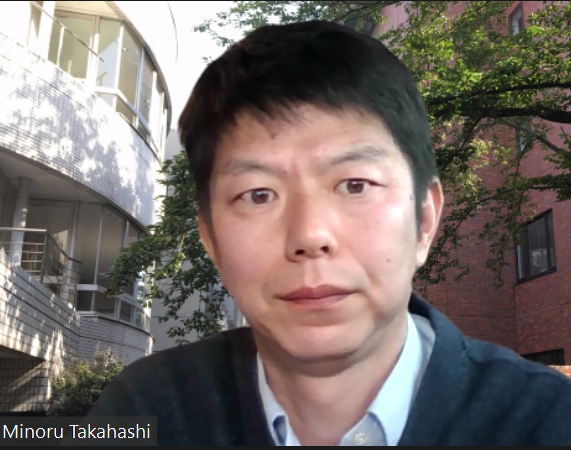Improved Use of Research Evidence
Gaze and avoidant patterns of visual attention to aversive stimuli during exposure trials: A pilot eye tracking study
(PS5-D92) Gaze and Avoidant Patterns of Visual Attention to Aversive Stimuli During Exposure Trials: A Pilot Eye Tracking Study

Minoru Takahashi, M.A.
Professor
Faculty of Psychology, Mejiro University
Shinjuku-ku, Tokyo, Japan- MK
Manabu Kikuchi, M.A.
full-time lecturer
Iwate Prefectural University
Takizawa, Iwate, Japan - JY
Jun-ichi Yamamoto, Ph.D.
Specially Appointed Professor
Faculty of Systems Design, Tokyo Metropolitan University
東京都八王子市, Tokyo, Japan - MH
Michiyo Hirai, Ph.D.
Professor
The University of Texas Rio Grande Valley
Edinburg, Texas
Author(s)
Co-Author(s)
Attentional avoidance is a voluntary strategic mechanism anxious individuals may use to regulate their negative emotions in response to threat. Avoidance may occur during exposure interventions particularly when phobic individuals are experiencing high distress levels in response to exposure stimuli. Therefore, avoidance during exposure trials may impede the effectiveness of exposure therapy. Investigating gaze patterns along with emotional experiences during prolonged exposure trails is an important first step to design methods to reduce attentional avoidance and maximize the effectiveness of exposure therapy. The current study was a pilot study which employed eye tracking to capture gaze patterns phobic individuals may display during exposure to aversive stimuli.
Method:
A total of 28 Japanese young adults (5 males and 23 females, mean age=19.8) who reported cockroach phobia completed three exposure trials with eye tracking device. Each exposure trial used a picture of a cockroach displayed on a computer screen. A visit was defined as the time duration between the beginning of the first fixation on the picture and the end of the last fixation within the picture. Eye tracking data were used to produce two indices of gaze patterns:1) time proportion of total visit duration in an entire exposure trial duration (sum of visit durations/entire duration of an exposure trial, %), and 2) average visit duration (sum of visit durations/count of visits , in seconds). During each exposure trial, participants reported their distress levels on a subjective unit of distress scale (SUDS) starting a score of 100 and ended each the trial when they reached their distress levels of 0.
Results:
A series of mixed ANOVAs investigating the effects of distress levels (SUDS units) and trials on gaze patterns (the two indices above) were performed. Across trials, time proportion of total visit duration was relatively low when distress levels were high (p’s < .05), and time proportion increased when distress levels became low (p’s < .05). Across trials, average visit duration was short when distress levels were relatively high (p’s < .05), and average visit duration became relatively long as distress levels decreased (p’s < .05).
Discussion:
The current pilot study was the first to examine the association between ongoing distress levels and attentional avoidance (gaze patterns) during exposure trials in cockroach phobic individuals in Japan. The results indicated that higher distress levels during exposure likely lead to high levels of attentional avoidance, which might be a strategic effortful coping process. High levels of avoidance during exposure trials likely negatively impact the effectiveness of exposure therapy. Obtaining gaze patterns with eye tracking device helps detect attentional avoidance during exposure trails.

